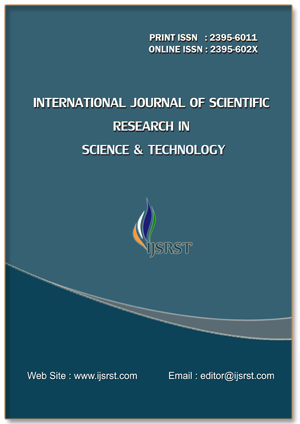Proactive Data Pipeline Maintenance via Machine Learning-Driven Anomaly Detection
DOI:
https://doi.org/10.32628/IJSRST251222663Abstract
Modern data pipelines are the backbone of data-driven enterprises, feeding analytics and machine learning systems with timely and accurate data. Ensuring these pipelines operate reliably is critical, as failures or data quality issues can propagate downstream and lead to significant business losses. Traditional pipeline maintenance is largely reactive—engineers respond to broken jobs or corrupted data after the fact. In this paper, we propose a proactive maintenance framework that leverages machine learning-driven anomaly detection to continuously monitor data pipelines and address issues before they escalate. The approach integrates real-time anomaly detection on both pipeline operational metrics and data quality indicators to flag deviations from normal behavior. We outline how advanced algorithms (including time-series models, unsupervised outlier detection, and reinforcement learning agents) can identify subtle pipeline issues such as data schema changes, upstream delays, and data drift. The framework further incorporates automated diagnosis and remediation strategies, aiming for self-healing pipelines that reduce downtime. We demonstrate the effectiveness of this approach using synthetic data pipeline experiments, where an anomaly detection model achieves 100% recall in identifying injected pipeline faults with minimal false alarms. We also survey relevant literature and industry solutions, including recent works by Chaudhari and colleagues on AI-driven ETL and multi-agent anomaly resolution, to situate our contributions. Results from both our experiments and prior studies show that ML-driven monitoring can intercept issues in real-time – enabling maintenance that is not only reactive but truly proactive. The proposed approach can significantly improve pipeline reliability, reduce manual intervention, and ultimately ensure the consistent delivery of high-quality data for critical applications.
📊 Article Downloads
References
Chaudhari, A. V., & Charate, P. A. (2024). Data Warehousing for IoT Analytics. International Research Journal of Engineering and Technology (IRJET), 11(6), 311–320.mail.irjet.netmail.irjet.net
Chaudhari, A. V., & Charate, P. A. (2025a). AI-Driven Data Warehousing in Real-Time Business Intelligence: A Framework for Automated ETL, Predictive Analytics, and Cloud Integration. International Journal of Research Culture Society (IJRCS), 9(3), 185–189.researchgate.netresearchgate.net
Chaudhari, A. V. (2025b). Autonomous AI Agents for Real-Time Financial Transaction Monitoring and Anomaly Resolution using Multi-Agent Reinforcement Learning and Explainable Causal Inference. International Journal of Advance Research, Ideas and Innovations in Technology (IJARIIT), 11(2), 1–8 (April 2025).researchgate.netresearchgate.net
Chaudhari, A. V. (2025c). A Cloud-Native Unified Platform for Real-Time Fraud Detection in B2B Financial Services. Whitepaper, published online 17 Apr 2025.whitepapersonline.comwhitepapersonline.com
Devarajan, V. (2024). Improving Data Quality at Scale in Large-Scale Data Pipelines with Real-Time Monitoring and Anomaly Detection. MSc Thesis, Royal Melbourne Institute of Technology (RMIT).papers.ssrn.compapers.ssrn.com
Kaskar, F. (2025). Real-Time Anomaly Detection and Auto-Correction in Data Workflows. AI Journal (Online), Published 22 Apr 2025.aimresearch.coaimresearch.co
Faith, V., et al. (2024). Self-Healing Data Pipelines: AI Driven Anomaly Detection and Automated Remediation in Big Data Systems. (April 2024).researchgate.net
Chaudhari, A. V., & Charate, P. A. (2025d). Federated Learning in Data Warehousing: A Privacy-Preserving Approach for Distributed Analytics. International Journal of Advance Research, Ideas and Innovations in Technology (IJARIIT), 11(1), 55–62.ijariit.comijariit.com
Chaudhari, A. V. (2025). A cloud-native unified platform for real-time fraud detection. ResearchGate. https://doi.org/10.13140/RG.2.2.19902.80962
Downloads
Published
Issue
Section
License
Copyright (c) 2025 International Journal of Scientific Research in Science and Technology

This work is licensed under a Creative Commons Attribution 4.0 International License.
https://creativecommons.org/licenses/by/4.0




